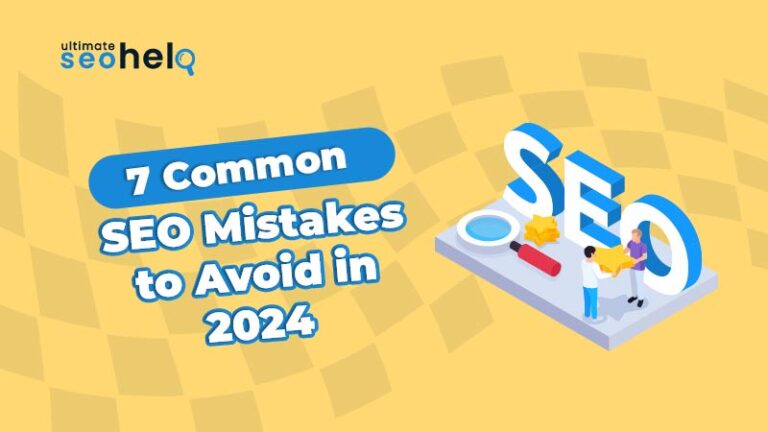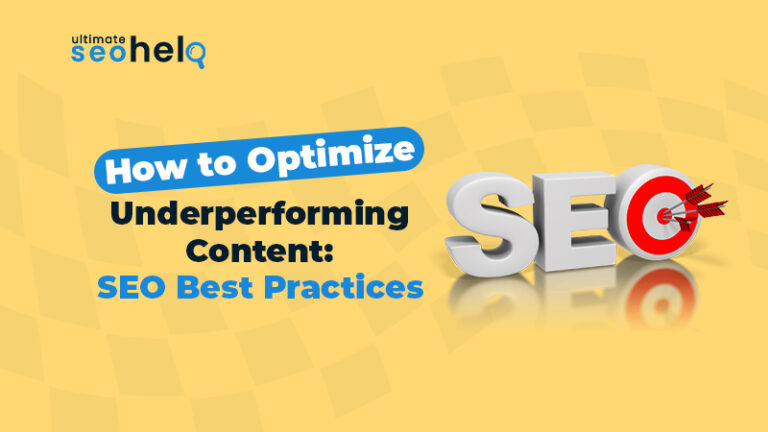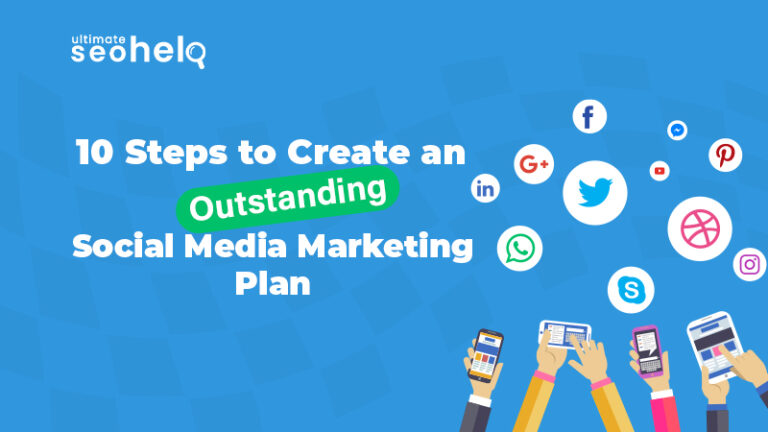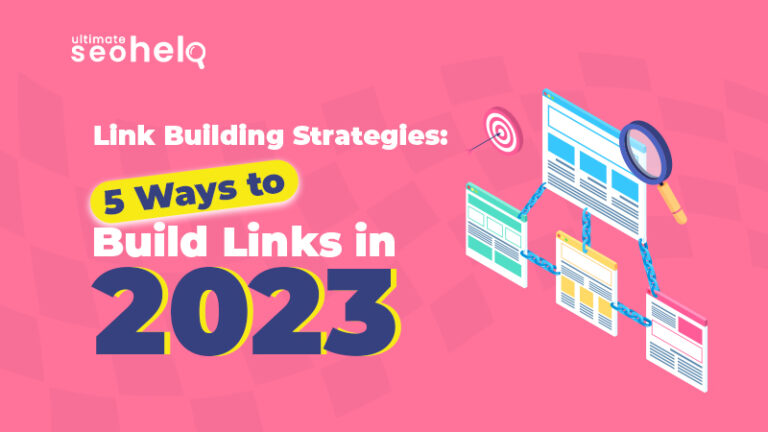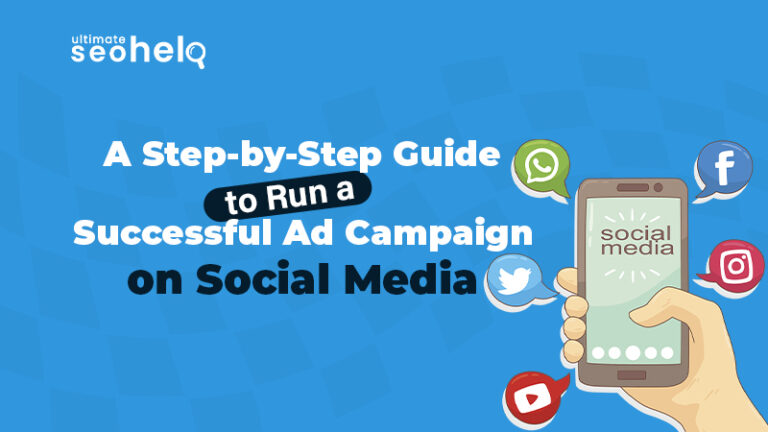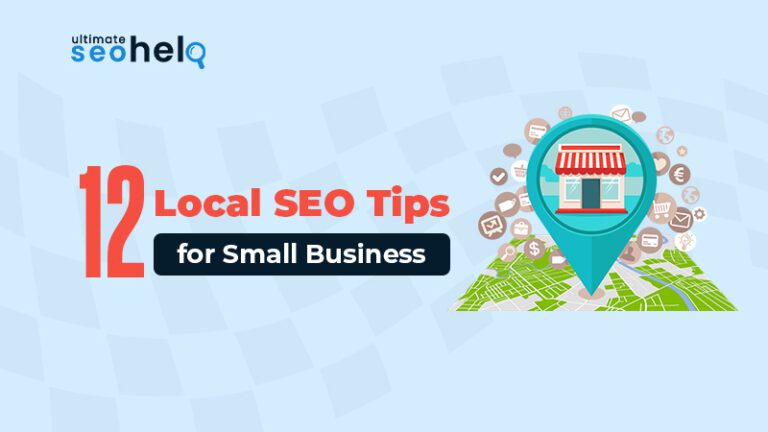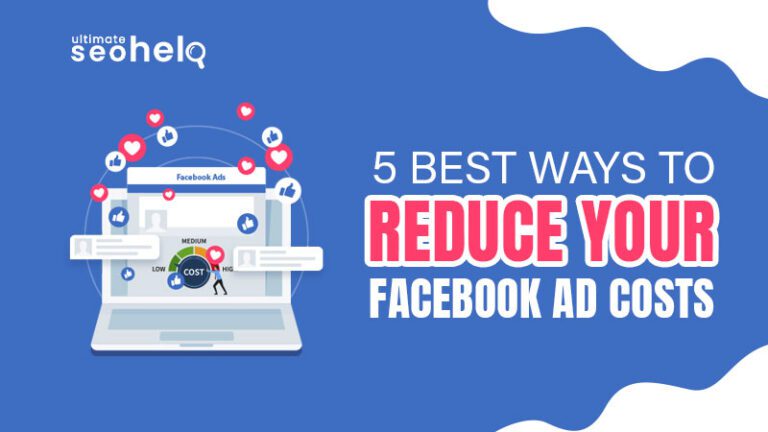In 2024, all businesses are moving online. Search Engine Optimization (SEO) is the best strategy to make your brand appear on the online market to boost your brand visibility. It is a part of every company’s marketing strategy since it is affordable and gives results in the long term. In case you only want to target your local audience, then choosing a local SEO services provider who will take care of local SEO of your site is essential.
However, we’ve found that there are also several mistakes people make that can affect their search engine optimization efforts. It is pretty normal to make mistakes while doing SEO for a website. That is why digital marketers must be aware of the most common SEO mistakes and understand how to avoid them in 2024.
Why Is SEO Important for Your Business?
Why is SEO or search engine optimization so important for your website? According to studies, 18% of searchers open a new Google search window before selecting any results on the first page of their initial query. The second and following pages of search results are also never visited by 75% of internet users.
This is why getting your business to appear on the first page of Google search results is crucial to attracting new clients. The likelihood of being seen and noticed declines further down the search results page of your business.
Top 7 SEO Mistakes That You Must Avoid and How to Fix It?
2021-2022 was a turbulent year for us all, with many SEO and Google algorithm changes. This resulted in confusion, panic, and Google’s infamous ‘Quality Update,’ which took out thousands of websites overnight. While it’s necessary to reflect on 2023 and years before that, there is no need to fear as the upcoming years look set to bring more growth.
Therefore, to help you stay ahead in 2024, we have identified seven common search engine optimization mistakes to avoid and practical solutions to correct those mistakes.
-
Neglecting Mobile Optimization
The Problem: With increasing numbers of users accessing the internet via mobile devices, neglecting mobile optimization is a grave mistake. Ensure that your website is fully responsive and optimized for mobile browsing. Implement mobile-friendly design, fast-loading pages, and easy navigation for a seamless user experience.
Solution: Adopt a mobile-first approach and use responsive design techniques to create a user-friendly experience across all devices. Prioritize mobile page speed and optimize images and content for faster loading times.
-
Lack of Targeted Keyword Research
The Problem: Failing to conduct thorough keyword research can hinder your SEO efforts. You may struggle to rank for relevant search queries and attract the right audience without the right keywords.
Solution: Use keyword research tools to identify relevant keywords with high search volumes and low competition. Optimize your website content, including titles, meta descriptions, headings, and body text, with these targeted keywords.
-
Ignoring On-Page Optimization
The Problem: On-page optimization is a crucial element of SEO that should not be overlooked. Neglecting on-page factors such as meta tags, headings, URLs, and alt tags can limit your website’s visibility and ranking potential.
Solution: Optimize each website page by incorporating relevant keywords into meta titles, descriptions, and headings. Create user-friendly URLs and use descriptive alt tags for images to enhance accessibility and improve search visibility.
-
Overlooking Quality Content
The Problem: Content is at the heart of SEO. Publishing low-quality or duplicate content can negatively impact your search rankings. Search engines prioritize websites that provide valuable and unique content to users.
Solution: Invest in creating high-quality, original, and informative content that meets the needs of your target audience. Conduct regular content audits to identify and update outdated or underperformed content. Aim for comprehensive and engaging articles, blog posts, and multimedia content.
-
Neglecting Technical SEO
The Problem: Ignoring technical SEO aspects like website speed, crawlability, and site structure can hinder your search performance. These technical factors play a crucial role in search engine rankings.
Solution: Regularly perform technical SEO audits to identify and fix issues like broken links, duplicate content, slow page speed, and improper site structure. Optimize your website’s XML sitemap robot.txt file and use appropriate canonical tags.
-
Lack of Link Building Strategy
The Problem: Link building is a fundamental aspect of SEO that involves acquiring high-quality backlinks to your website. Neglecting link building can limit your website’s authority and visibility in search results.
Solution: Develop a comprehensive link-building strategy by contacting relevant websites for guest blogging opportunities, promoting content through social media, and participating in industry forums and discussions. Focus on acquiring natural and authoritative backlinks.
-
Ignoring Analytics & Data
The Problem: Failure to track and analyze website data can hinder your SEO progress. Analytics provide insights into user behavior, keyword performance, and website visibility.
Solution: Set up web analytics tools like Google Analytics to track and measure key SEO metrics. Regularly analyze data to identify trends, understand user behavior, and make informed decisions to optimize your SEO strategy.
Conclusion
SEO is a never-ending process, and there is no magic formula. However, in this article, we have provided you with a lot of information to make your future SEO approach much more effective than it would otherwise be. So, if you are making any of the SEO mistakes that we talked about, make sure you correct them. It will help you reach your right audience that will be interested in your products or services.

